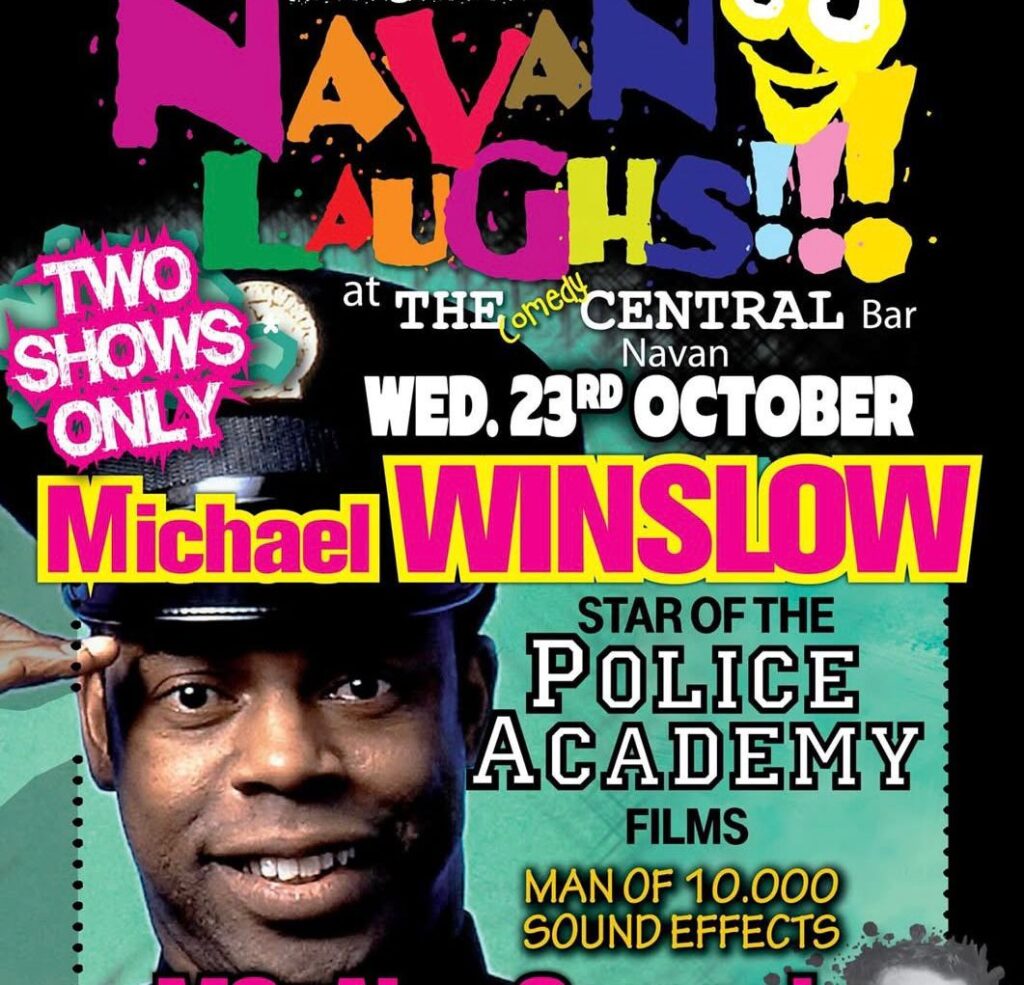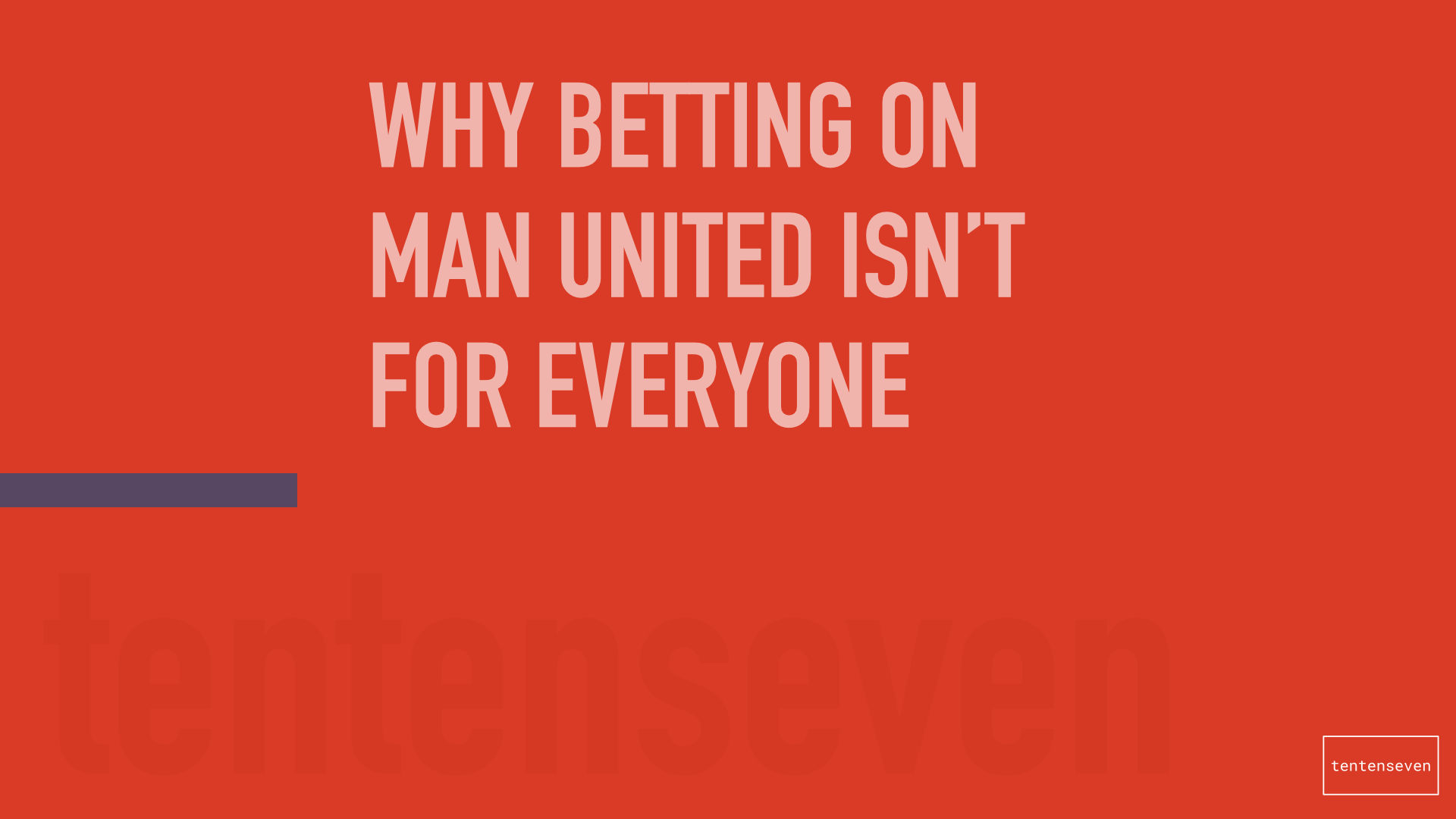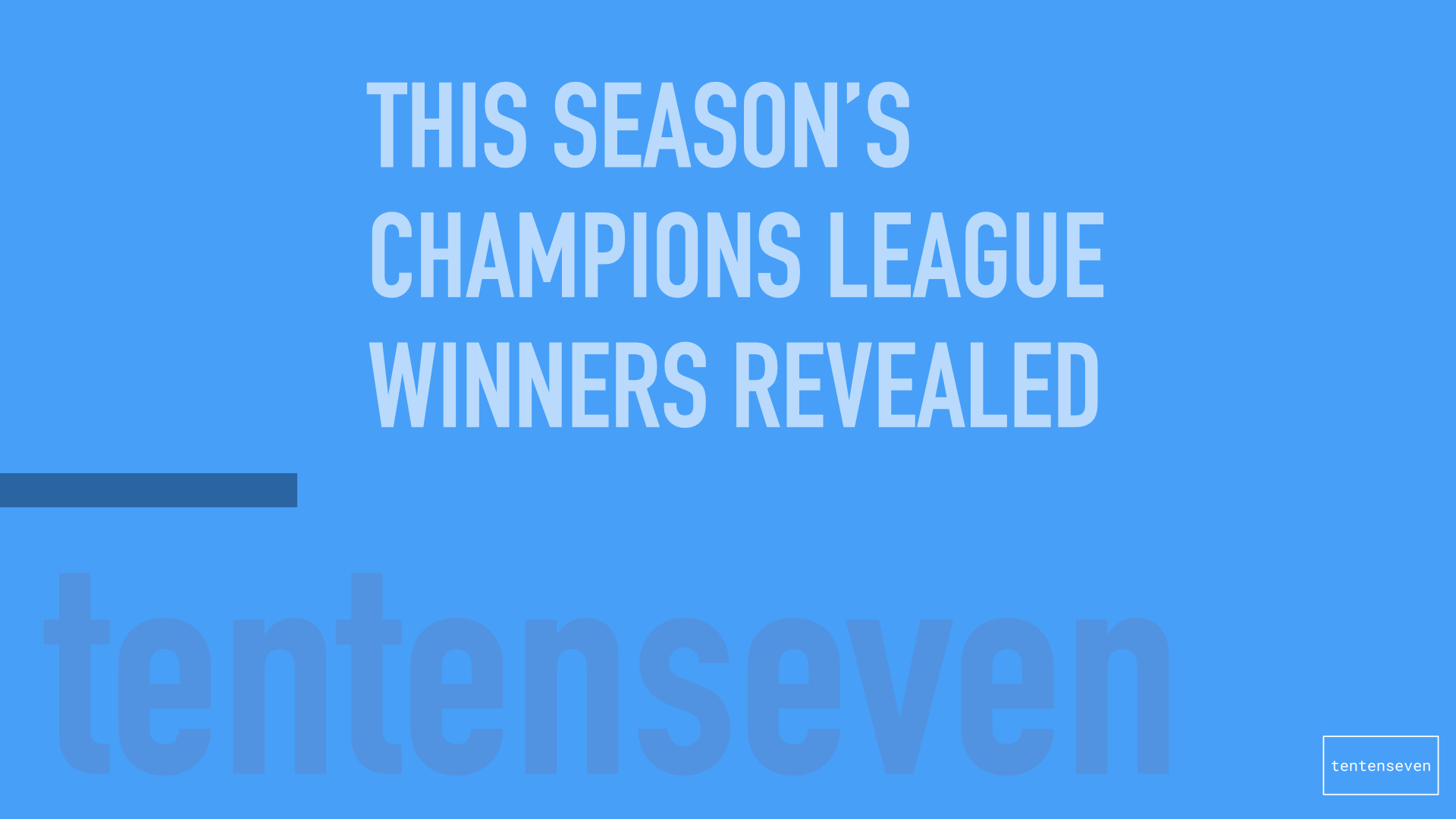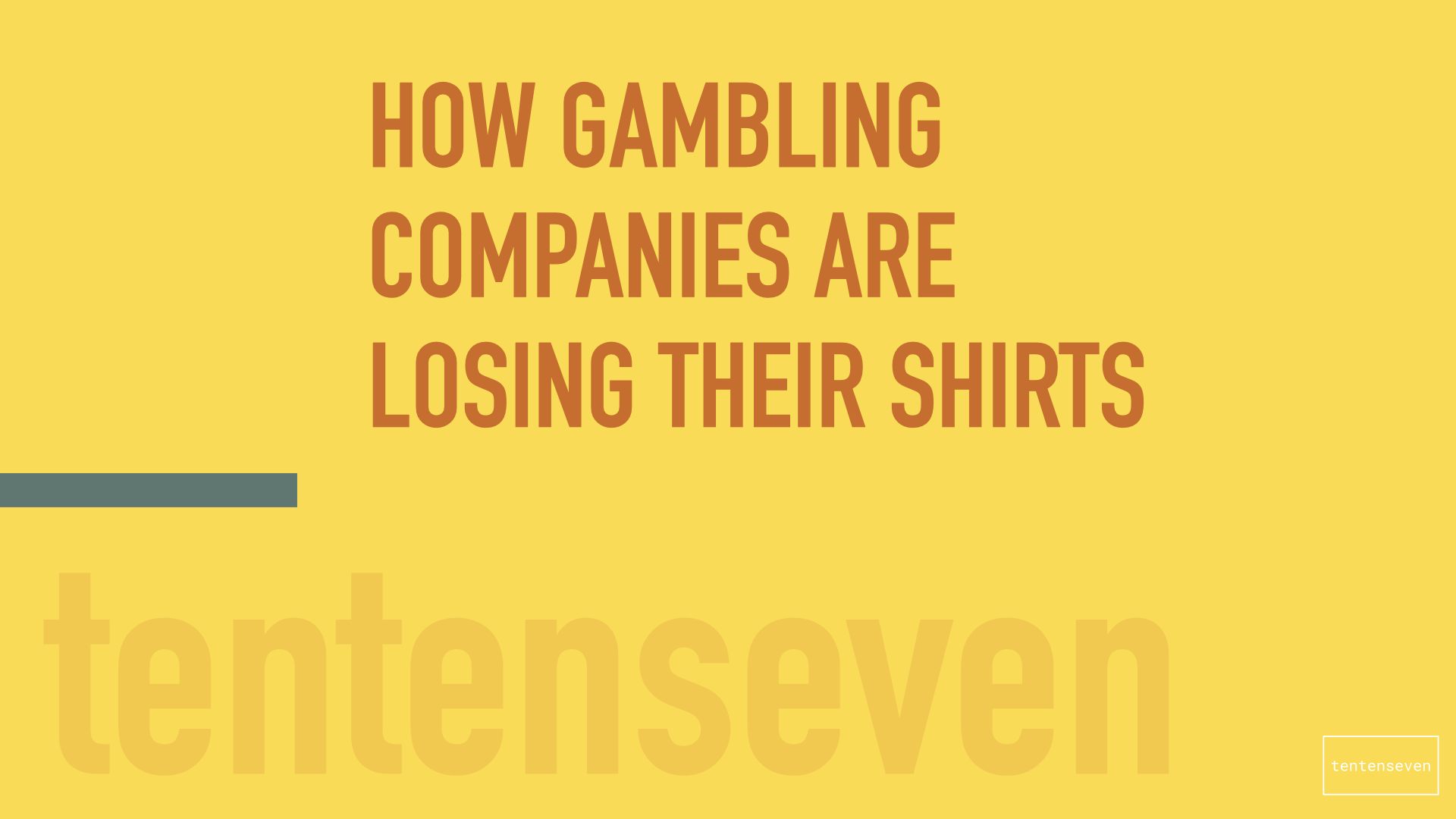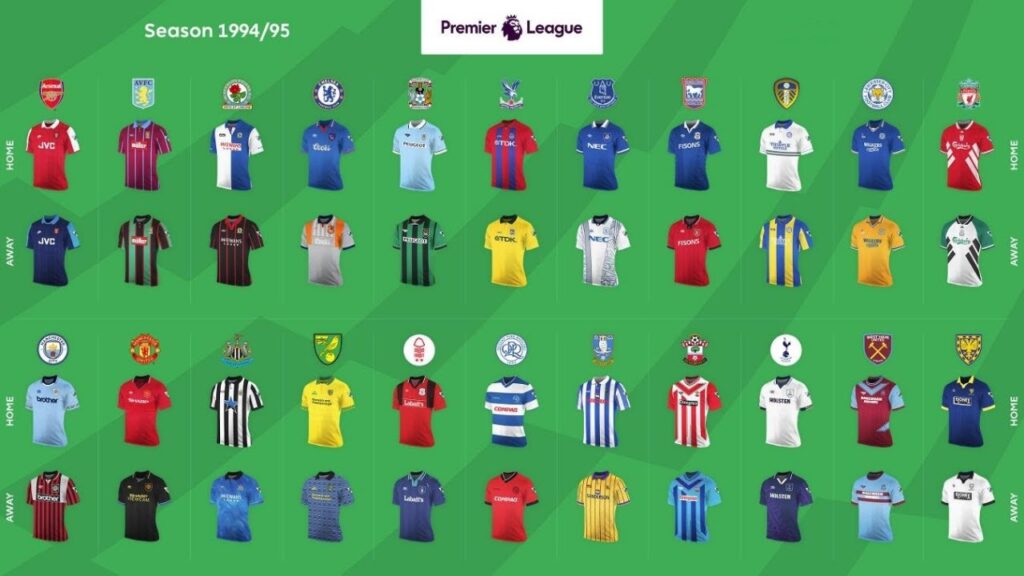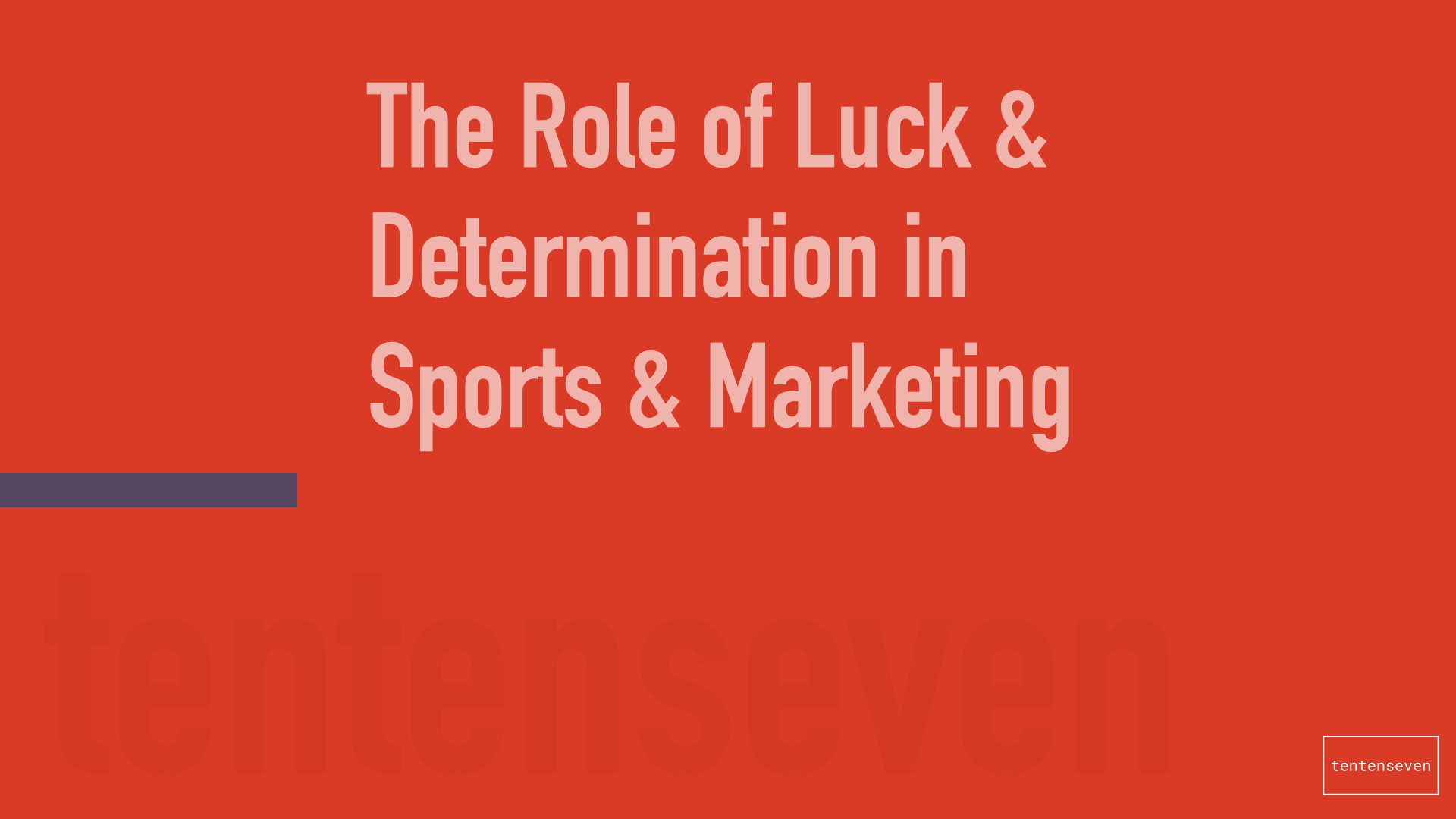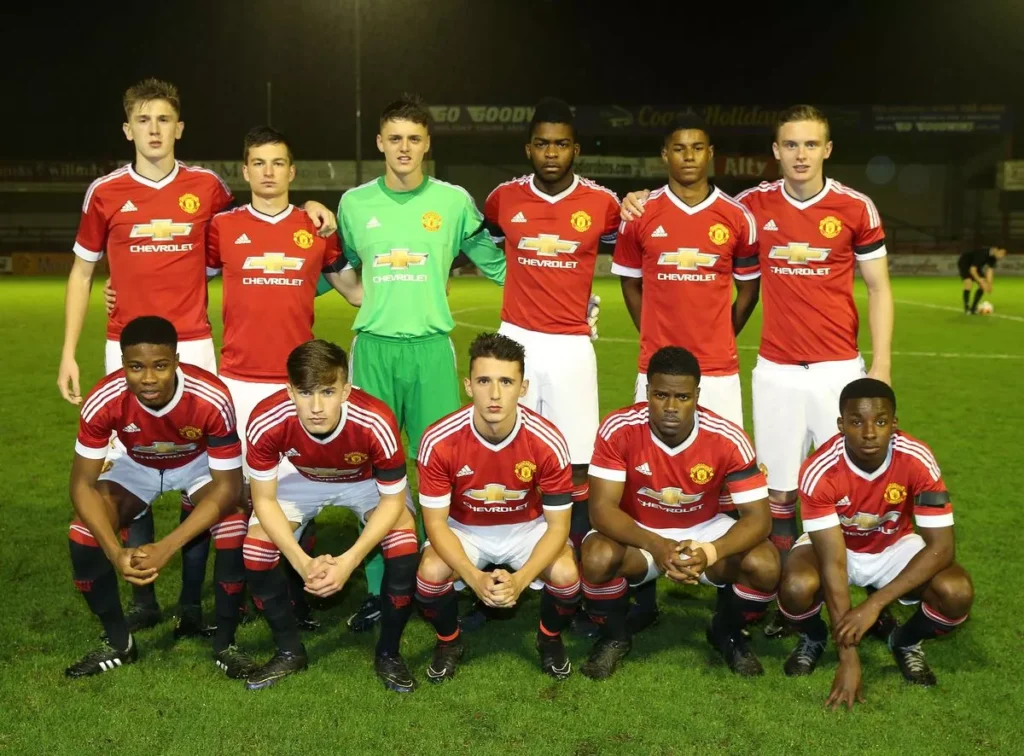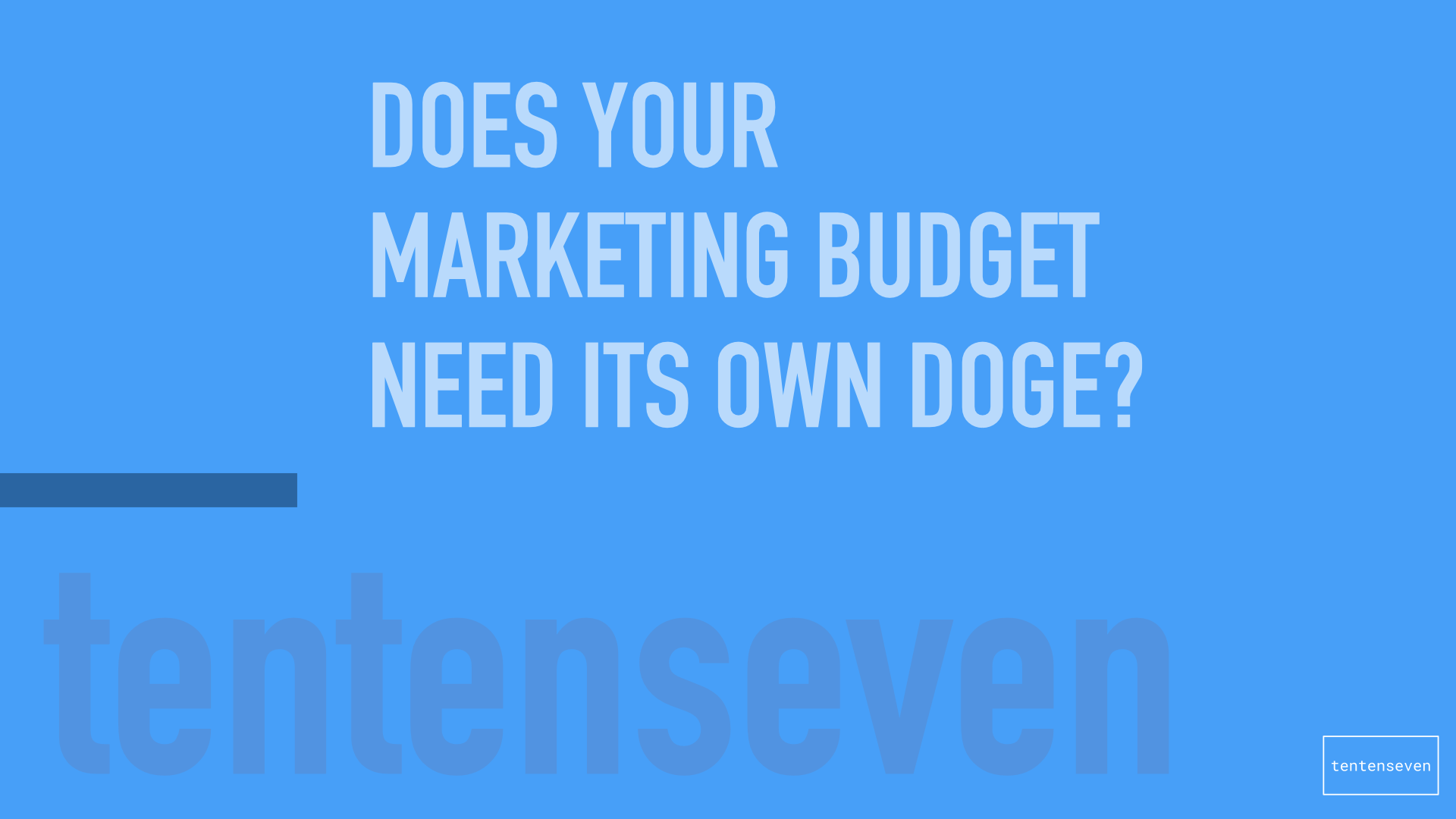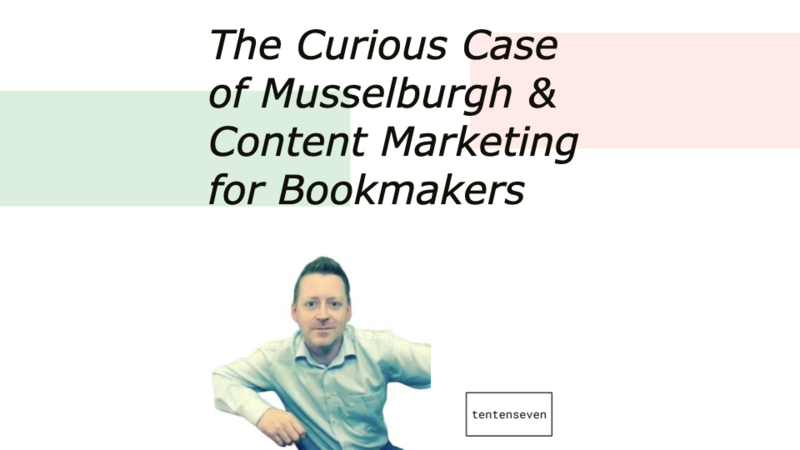It was half-time at Old Trafford and Manchester United were cruising. Goals from Manuel Ugarte and Diogo Dalot had handed the hosts what most would consider a comfortable lead against Olympique Lyonnais. “Halfway there,” read the club’s X post to its 38.6 million global followers. If only they’d known what was in store.
“Two-nil, they will hardly throw it away,” messaged my colleague Feargal, a Liverpool fan, at the interval. “Hmm, you haven’t seen them this year,” I replied. As a United fan, this wasn’t my first rodeo. I had already checked the in-play odds at half-time and was tempted. 16/1 for a draw after 90 minutes. It was the kind of price that shouldn’t make sense when you’re two goals ahead at home. And yet, with this team, it somehow did.
Deja Vunited
You don’t have to look too far back for a precedent. In the first leg in Lyon, United were in a strong position until a trademark André Onana error handed the French side a 95th-minute equaliser. They also blew two-goal leads in last season’s Champions League group stages — away to Copenhagen, and again at home to Galatasaray. If there’s one thing this team has made a habit of, it’s giving fans a taste of victory before yanking it away with the clumsiness of a Cameroonian goalkeeper parrying a routine save into the path of a lurking opponent.
The second half followed the familiar script. Sloppy defending, nervous passing, and a creeping sense that this was all going to unravel. Lyon clawed one back, then another, and before long it was extra-time. When the French side went 4–2 up, it felt like the kind of collapse even a hardened United fan like myself would wince at. Still, there was a flicker — some lingering trace of belief that hadn’t quite died. With six minutes left of the 120, I glanced at the in-play odds again. 250/1 for a United win. I’d hardly had time to consider a Hail Mary punt before Bruno Fernandes converted a spot kick to spark the comeback. Then, bedlam.
The eventual Harry Maguire winner capped one of the club’s most bizarre European nights in recent memory. And while pundits will debate what this says about the team’s resilience — or the cracks in its consistency — the match underscored something else. The visceral drama of live football, amplified by in-play betting. The shifting tides of a epic game like this don’t just create narrative and newspapers headlines — they generate real-time opportunity, risk, and (for some) reward.
This rollercoaster match highlighted the allure of in-play betting, where odds swing wildly with every goal, red card, penalty or VAR decision. It’s a market built for the modern fan — reactive, impulsive, emotionally charged. Yet, for many Americans, access to such legal betting markets is restricted. While Premier League fans around the world were watching Bruno Fernandes line up his penalty with an eye on the odds, a large percentage of U.S. viewers had no legal way to wager in real time.
U.S. Restrictions
This week, U.S. gambling firms’ lobbying against in-play betting restrictions brought soccer’s live wagering markets under a spotlight. The Sports Betting Alliance, backed by giants like FanDuel and DraftKings, lobbied against a Minnesota amendment that would restrict in-play betting — arguing that it would slash revenue, reduce engagement, and drive punters to illegal sites. Currently, only certain states allow online sports betting, leaving fans in the remainder reliant on offshore and unregulated sportsbooks.
The problem, according to the Alliance, isn’t in-play betting itself — it’s the lack of controlled access to it. They argue that prohibitions don’t stop demand, they just push it underground. In-play betting is already happening — just not always in places where it’s taxed, monitored, or safeguarded. Meanwhile, regulatory gridlock in several U.S. states keeps barriers intact, even as fan appetite grows.
As the debate continues, matches like United v Lyon offer a compelling reminder of what’s at stake — not just in terms of revenue or regulation, but in fan experience. In-play betting, when done responsibly, adds a layer of interaction that mirrors the unpredictable nature of football itself. It’s not for everyone, and it certainly comes with risks, but for millions of fans worldwide, it’s now part of the show.
United may have walked the tightrope yet again, but for those watching with a bet riding on it — whether at 16/1, 250/1 or just for fun — it was a night to remember. In a sport where margins are thin and momentum swings like a celebrity boxer in the twelfth round, live betting doesn’t just reflect the chaos. It invites you into it. And as regulators weigh the pros and cons, perhaps they’d do well to watch a game like that — heart rate spiking, odds bouncing, belief flickering — and understand why so many fans, win or lose, want in on the ride.




